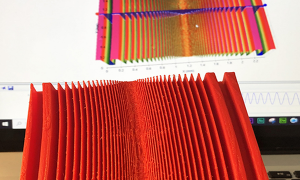
3D printing your surface data directly from OmniSurf3D
Digital Metrology has always been committed to helping you see, explore and understand your surfaces. With the latest release of OmniSurf3D you can now use your sense of touch as well! OmniSurf3D now includes the ability to export a 3D solid STL model of your surface for 3D printing.
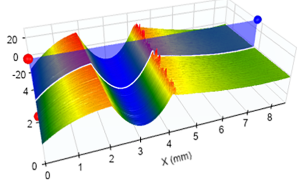
Advanced wear analysis with OmniSurf and OmniSurf3D
How much has a surface worn? The answer can be more complicated than it seems…Accurate wear analysis is critical for designing surfaces in contact. Unfortunately, mistakes are common when assessing actual wear depth. This article discusses micro vs macro wear and how to accurately analyze both.
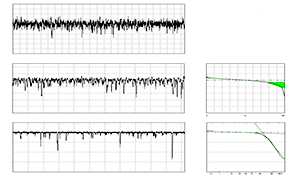
Plateau honing: which parameters should I use?
All plateau honed surfaces are not created equal. Learn about the different categories of plateau honed surface in this article. As it turns out, each is best controlled using different sets of surface texture parameters.
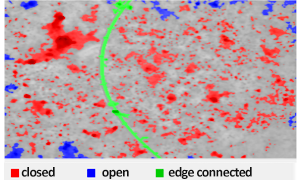
Using OmniSurf3D’s Pit/Porosity Tool
The Pit and Porosity analysis is a highly interactive tool that lets you slice through a surface to look at the voids/pores at every level. It makes it easy to visualize and explore potential leak paths, as well as calculating statistics to quantify surface porosity.

Can I measure waviness on a CMM?
Can we measure waviness on a CMM? That depends on two things: 1. Is my CMM accurate enough, and 2. Can a CMM stylus (ball) actually detect waviness? In this post we discuss the types of CMM systems and their suitability for measuring waviness.
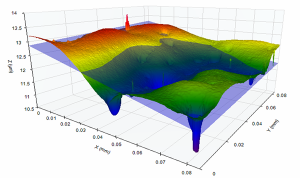
Areal Surface Texture Analysis for Both the Lab and the Engineer’s Desk
This tutorial discusses a step-by-step, visual approach to surface texture measurement. The process, which is the basis of the OmniSurf3D software, allows designers, managers, process engineers and lab staff to explore surface texture. OmniSurf3D provides a common language for understanding and communicating surface texture, to help improve component performance.

Controlling Roughness on Short Surfaces
Roughness control is important on many surfaces. Unfortunately, some of these surfaces can be relatively short – making it difficult to perform “traditional” roughness measurements. What if your surface isn’t that long? This post describes some available options when the evaluation length is short…as well as some things NOT to do…
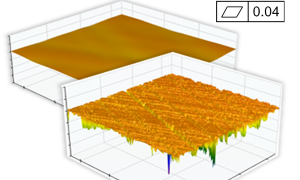
Flatness in the USA
Many mechanical interfaces depend on the control of “flatness.” So what do you do when presented with a simple flatness tolerance and a surface to measure? How many points does it take to accurately assess flatness on the particular sample? And, what kind of filtering/processing do we do with those points?

Harmonic Analysis of Roundness Data
“Harmonic Analysis” describes things that move (or shake) back and forth. The analysis tells you how many times bumps occur in each revolution of a rotating component. In fact, harmonic analysis actually looks at every frequency (every UPR) and reports how tall the bumps are for each of them. That’s a powerful analysis.
